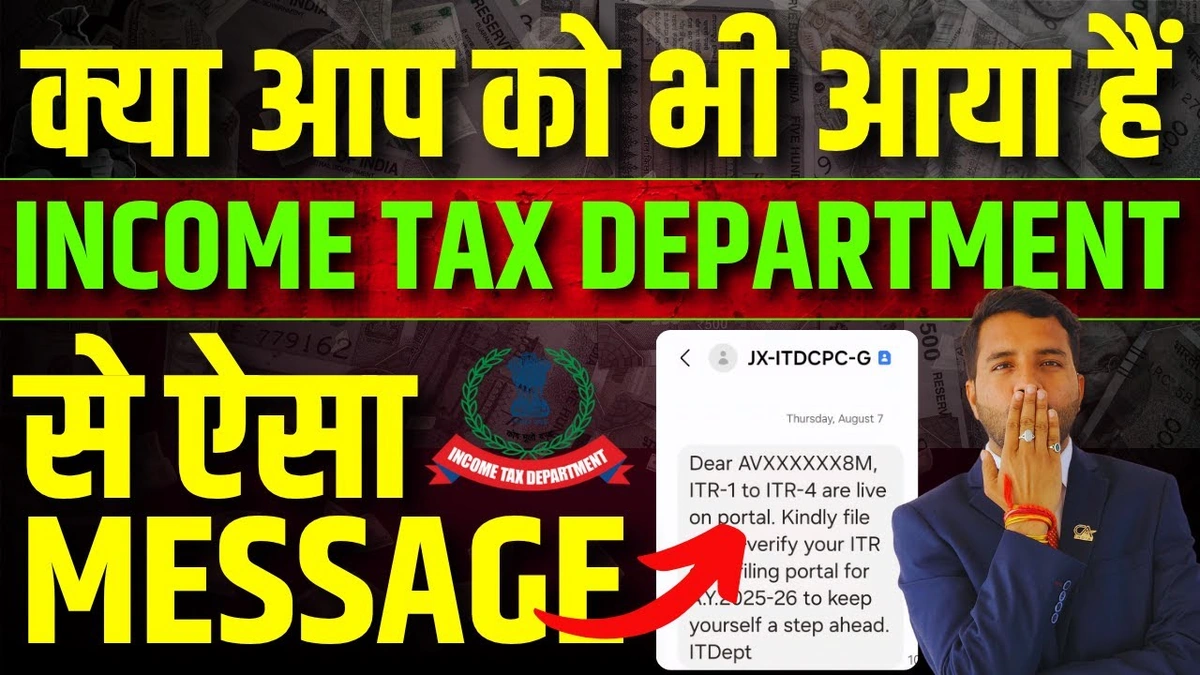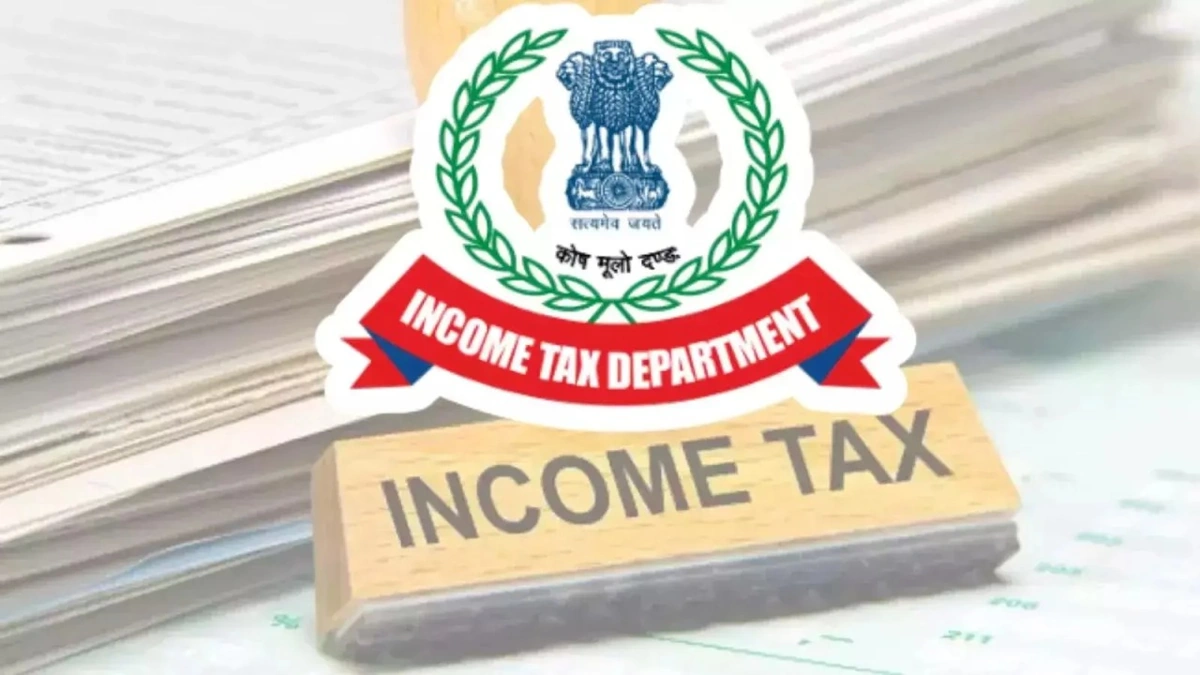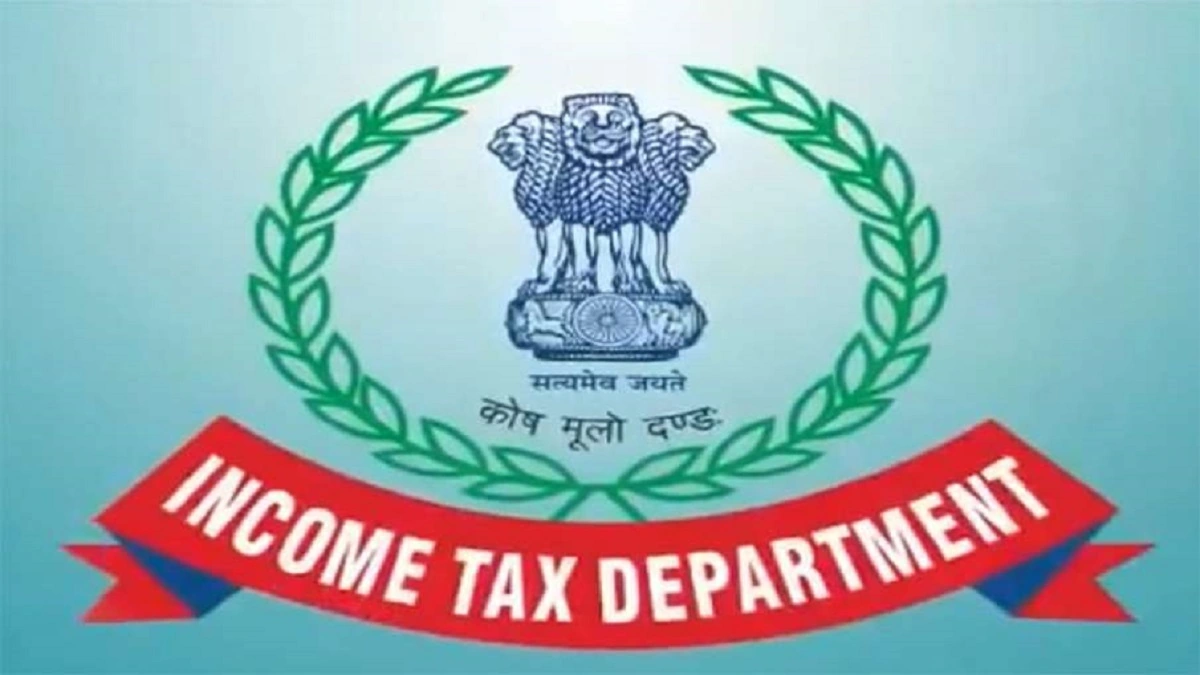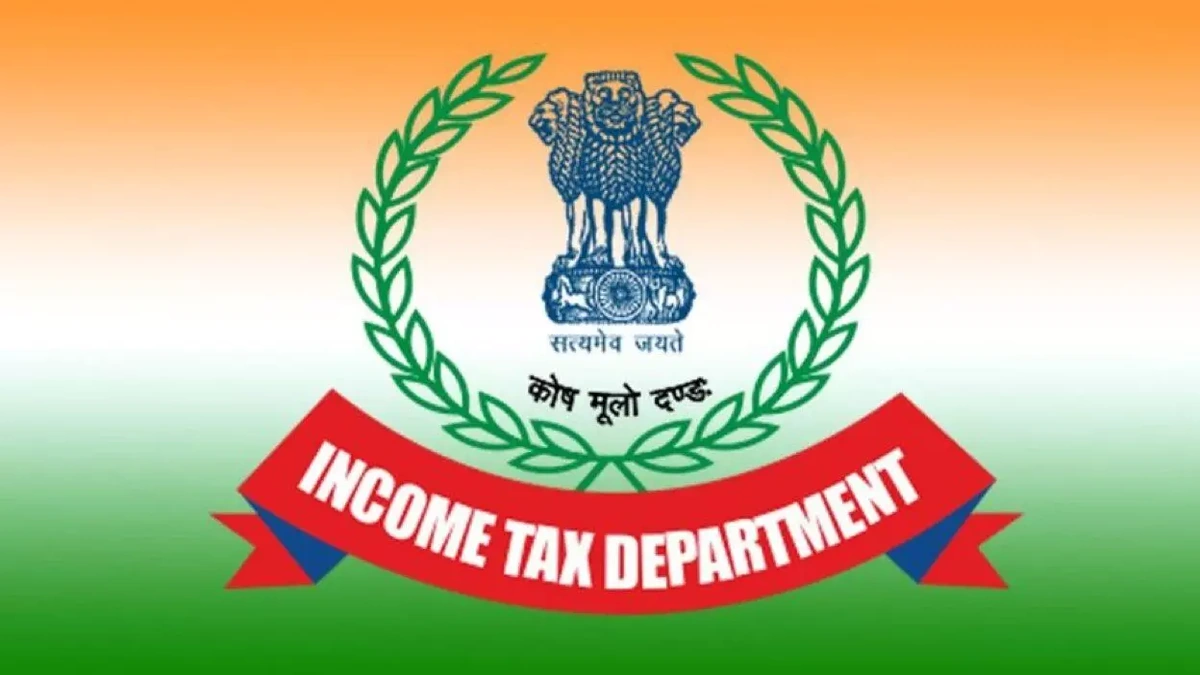That ‘Income Tax Department’ Email | Why You Got It and Why It’s (Usually) Not a Disaster
Let’s be honest. That subject line ‘Communication from Income Tax Department’ makes your stomach do a little flip, doesn’t it? It lands in your inbox, uninvited, and for a split second, your brain short-circuits. You start mentally replaying every transaction, every half-forgotten investment, every side-gig from the last financial year.
It’s a universal feeling. A tiny digital tap on the shoulder from the one government body everyone universally respects, and maybe fears a little.
But here’s the thing. In today’s India, that email is rarely the start of a horror story. More often than not, it’s just the beginning of a conversation. A very, very data-driven conversation. The income tax department of 2024 isn’t the same beast from your parents’ stories, filled with dusty files and endless office visits. It’s a tech company with a tax charter. And if you understand how it thinks, you can stop fearing the inbox and start managing your finances with confidence.
So, grab a coffee. Let’s decode what’s really happening behind that notification and why it’s more about data-matching than fault-finding.
The New-Age Taxman is a Data Scientist, Not a Detective

First, we need to get one thing straight. The old image of a tax officer randomly picking your file from a giant pile is completely, utterly outdated. The modern income tax department is powered by an incredibly sophisticated data analytics engine. Think of it less as a building and more as a giant, interconnected server farm.
What fascinates me is how this system, often referred to as ‘Project Insight’, has created a 360-degree digital map of our financial lives. It’s not spying; it’s just connecting the dots that are already there. And there are a lot of dots.
Where does this data come from? Everywhere:
- Your Bank: If you made large cash deposits or withdrawals, the bank reports it.
- Mutual Fund Houses: Bought or sold a significant amount of units? They’re required to inform the department.
- The Property Registrar: That flat you sold or bought? That data point is sent straight over.
- Your Stock Broker: Every single share transaction is on record.
- Credit Card Companies: Made a payment exceeding a certain limit? Yep, that’s a data point too.
So, when you get a notice, it’s rarely because someone is suspicious of you. It’s usually because an algorithm, sitting somewhere in a data centre, noticed a mismatch. It saw the Rs. 2 lakh of mutual funds you sold (reported by the fund house) but didn’t see that capital gain declared in your ITR. It’s not an accusation; it’s a query. An automated, “Hey, can you explain this, please?”
Decoding the “Love Letters” | What That Notice Actually Means

Okay, so the email is a data query. But what kind? They aren’t all created equal. Understanding the type of communication you’ve received is the first step to not panicking. Let’s break down the usual suspects.
The “Nothing to Worry About” One: Intimation u/s 143(1)
This is the most common communication and, honestly, it’s more of a report card than a notice. After you file your return, the department’s computers do a preliminary check. They compare the taxes you calculated and paid with what their system calculates. This intimation just shows you the result. If it says “No demand, no refund,” you can file it and forget it. If it shows a refund, congratulations! If it shows a small demand, it’s likely due to a minor miscalculation you can pay online.
The “Let’s Talk” One: The AIS Mismatch Notice
This is the big one. This is the notice that is born from all that data we talked about. It’s a direct result of a conflict between what you filed in your ITR and what’s showing in your Annual Information Statement (AIS) . The notice will literally point out the transaction and ask for clarification. This isn’t an income tax scrutiny notice yet; it’s a chance to explain yourself before things escalate. This is where understanding your own financial data becomes a superpower.
The “Okay, This is Serious” One: Scrutiny Notice u/s 143(2)
These are less common, but they require immediate attention. This means your return has been selected for a detailed examination. Don’t try to handle this one alone unless you’re a tax expert. This is the time to forward that email straight to a Chartered Accountant. The key is to respond on time, always.
Your AIS | The Financial Doppelgänger You Need to Befriend

If there’s one takeaway from all this, it’s this: Your Annual Information Statement (AIS) is the single most important financial document you’re probably not reading. You can access it on the e-filing portal , and you absolutely should.
What is it? The AIS is the income tax department ‘s version of your financial story for the year. It’s a consolidated statement of every single piece of financial information they have received about your PAN from various sources.
Before you even think about filing your ITR, your first step should be to download and review your AIS. Why? Because if you see a transaction you forgot to declare, you can fix it then and there. If you see an error say, a fixed deposit is being incorrectly attributed to you you can submit feedback on the portal to correct it. It’s the ultimate cheat sheet for filing a perfect, notice-proof tax return. This proactive approach is far less stressful than the reactive panic of replying to an income tax notice . Understanding this system is more important than memorizing every detail of why Bank Nifty matters ; it’s about your direct financial health.
So, You Got a Notice. Your 4-Step Action Plan.

Deep breath. You’ve identified the notice, and it’s a mismatch query. Here’s exactly what to do.
- Read and Understand: Don’t just skim it. Read every line. Note the deadline for response (crucial!) and the specific discrepancy they are pointing out. The modern system is surprisingly clear about what it wants.
- Log In and Compare: Go to the official income tax e-filing portal. Pull up your ITR for that year and your AIS. Put them side-by-side. Find the exact entry the notice is talking about. Is the mismatch real? Did you genuinely forget something? Or is the data in the AIS incorrect?
- Formulate and Submit Your Reply: This is all done online now, thanks to the faceless assessment scheme. You don’t need to go anywhere.
- If you agree with the discrepancy, you can file a revised return and pay the due tax.
- If you disagree, you can submit a detailed response with supporting documents (like bank statements or sale deeds) to prove your case. Be clear, concise, and factual.
- Know When to Call a Pro: If the amount is large, the transaction is complex, or you simply feel out of your depth, there is zero shame in getting professional help. A good CA can resolve the issue efficiently, often saving you more in penalties and stress than their fee. It’s a worthy investment in peace of mind, much like understanding a complex IPO analysis before investing.
Quick Questions, Straight Answers
What if I just ignore the notice?
Please don’t. It’s the worst thing you can do. Ignoring a notice leads to automated penalties, interest, and could even result in prosecution in severe cases. The system is automated; it won’t forget.
Is every notice a sign of tax evasion?
Not at all. The vast majority of notices are simply requests for clarification due to data mismatches. They are procedural. An honest mistake is not tax evasion, but failing to correct it can become a problem.
How much time do I get to reply?
This will be clearly mentioned in the notice itself. Typically, it’s between 15 and 30 days. Don’t wait until the last day.
Can I ask for an extension?
Yes, in most cases. You can submit a request for an adjournment through the e-filing portal, giving a genuine reason why you need more time. It’s usually granted if the reason is valid.
I think the information in my AIS is wrong. What do I do?
The e-filing portal has a mechanism for this. You can view each transaction in your AIS and submit feedback if it’s incorrect or belongs to someone else. This creates a record of your dispute.
The relationship between the taxpayer and the income tax department has fundamentally changed. It’s no longer an adversarial game of hide-and-seek. It’s an open-book test where the department already has the answer key (your AIS). Your job isn’t to cheat the system, but to ensure your answer sheet (your ITR) matches the key. Viewing that email not as a threat, but as a system-generated flag for a mismatch, is the first step. It transforms fear into a simple, manageable task on your financial to-do list.













